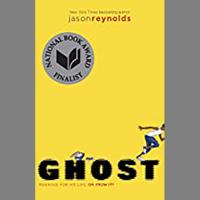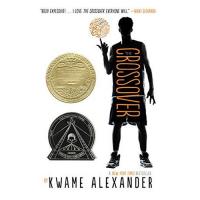In this activity participants experience the appreciative inquiry approach of “looking at the good stuff in their organization and/or community.” Youth will look at organizations and communities as ‘half-full’ with potential, rather than ‘half-empty.’
In this activity participants are introduced to the history of youth organizations in the 20th Century and begin to understand the history of their own youth organization.
In this activity, participants practice and reflect on working together to serve the common good.
Have you ever had to find your voice? In this story, Starr witnesses police brutality that is racially motivated and struggles to find the right way to speak up. Starr is part of two very different communities: she lives in one community and attends school in a very different...
Castle Crenshaw (Ghost) and four friends learn to navigate their lives and the differences among them. Ghost shows incredible natural talent with very few resources. Through the help of his coaches, teammates, friends and family Ghost learns to harness his natural abilities, while...
Josh and Jordan Bell are brothers on the court and off the court. The boys navigate life as student athletes, while also learning how to overcome obstacles without letting those obstacles ruin their relationship. As part of the community, we have to learn to traverse relationships and learn...
In this activity, participants learn an effective and thoughtful process for creating positive change. Young people relate advocacy to philanthropy as a way to constructively impact social change.
In this activity, participants explore how to have productive board meetings using feedback in the form of process comments.
In this activity, participants reflect on their beliefs and feelings about philanthropy. This activity helps participants practice speaking up for issues they are passionate about and dialogue with others on the topic. This activity can help a group come to a consensus through speaking up about their values and interests.
In this activity participants learn the importance of asking questions and using two-way communication.


